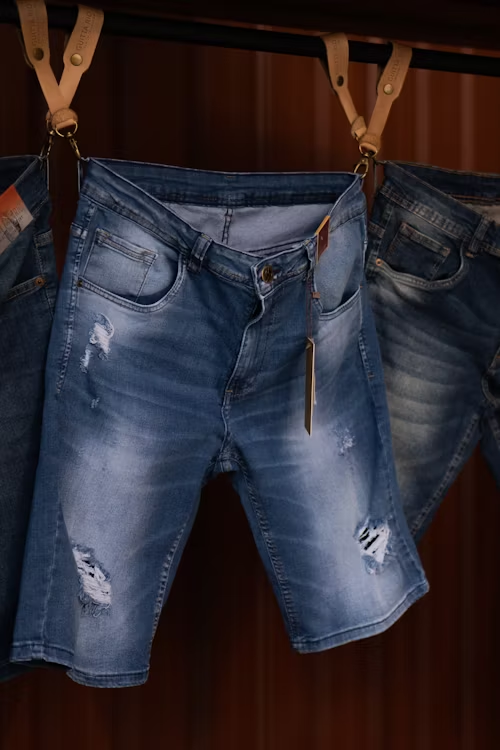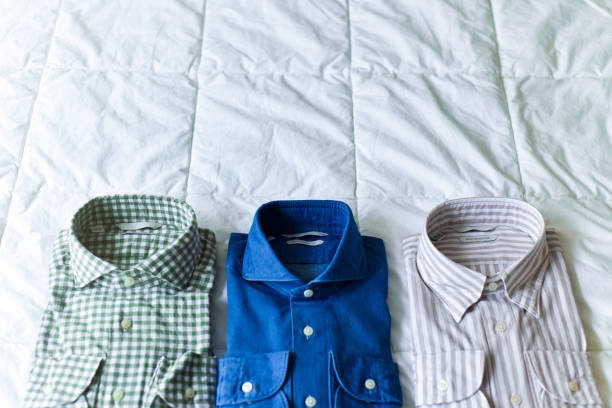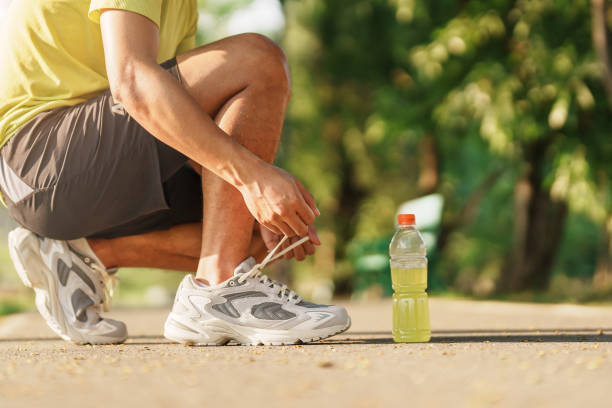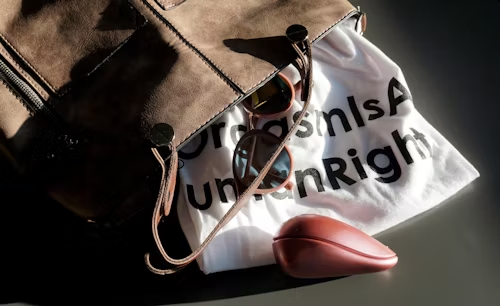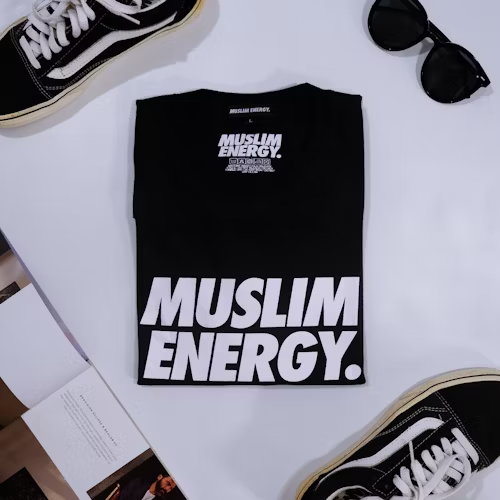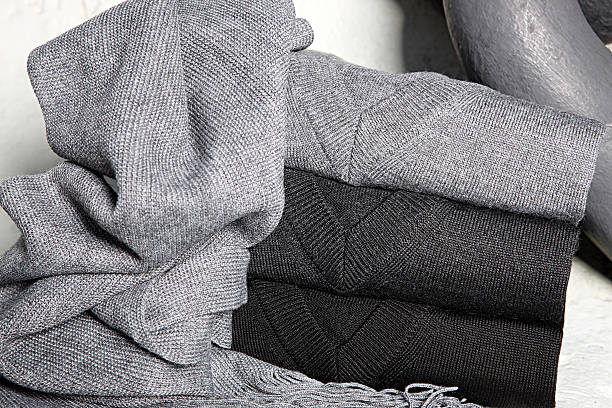The world of sportswear has exploded far beyond basic sweats. No matter who you are, it’s important to know about different types of sportswear. This includes serious athletes, weekend warriors, and anyone who enjoys activewear. This knowledge helps improve your performance, comfort, and style.
Choosing the right gear is not just about looking good. It helps you move better, manage sweat, and feel confident during any activity.
Let’s look at the main categories. We will focus on their unique features and high-quality technologies. These include moisture-wicking and quick-drying fabrics that help them stand out.
1. Training & Gym Wear
This category is the backbone of most wardrobes. The design offers versatility for many indoor and fitness activities, like weightlifting, HIIT, elliptical, and circuit training.
- Core Components:
- Performance T-Shirts & Tanks: The workhorses of the gym. Look for moisture-wicking fabrics like polyester or nylon blends. These materials pull sweat away from your skin to the surface. This keeps you dry and comfortable. Being quick-drying is key between workouts or sets—you’ll often see mesh panels to keep you cool. Sportswear designs here often focus on fit (slim, regular, relaxed) and minimal seams to prevent chafing.
- Sports Bras: Crucial for support and comfort across all intensities. Ranges from light support (yoga) to maximum support (high-impact running, HIIT). Features include moisture-wicking fabric, wide straps, and secure closures.
- Leggings, Tights & Shorts: Offer freedom of movement and support. Key features include moisture wicking fabric, four-way stretch, gusseted crotches, and secure waistbands (wide elastic, drawstrings). Many feature pockets for phones or keys. High quality options use durable fabrics resistant to pilling and fading, even after frequent washes.
- Hoodies & Sweatshirts: Ideal for warm-ups, cool-downs, or cooler gym environments. Modern versions prioritize lightweight, moisture wicking fleece or terry blends over heavy cotton for better temperature regulation.
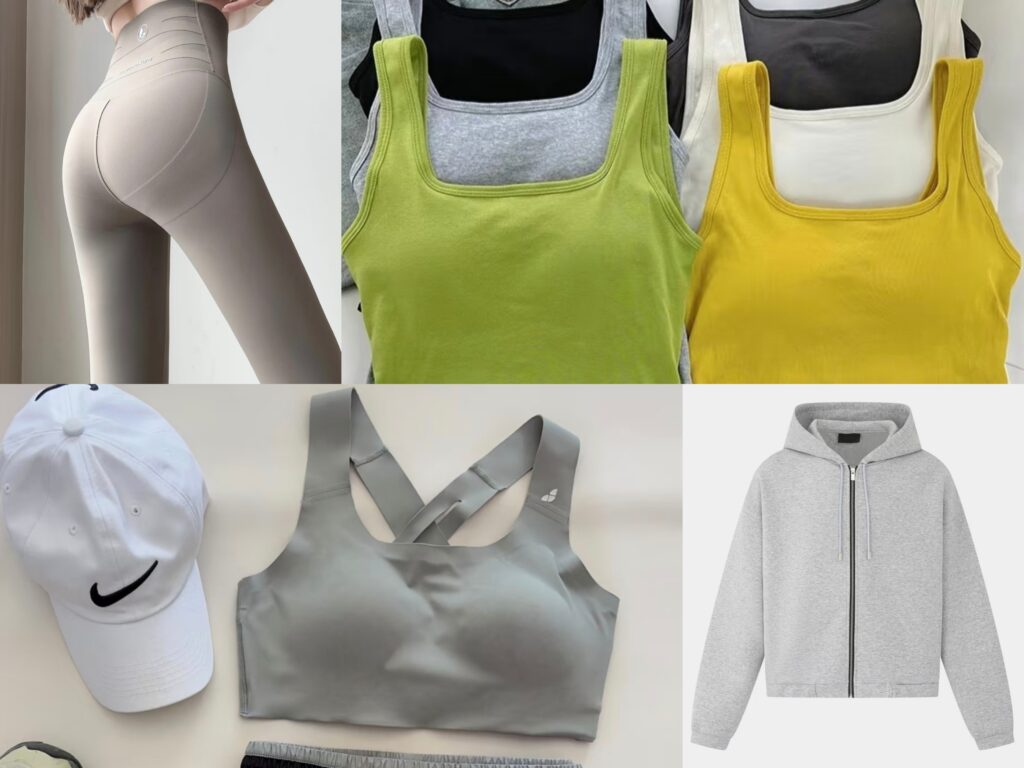
2. Running & High-Intensity Apparel
Designed specifically for the demands of running, intense cardio, and activities generating significant heat and perspiration. Aerodynamics and sweat management are paramount.
- Performance Priorities:
- Ultimate Moisture Management: Moisture wicking is non-negotiable. Fabrics are often ultra-lightweight with advanced yarn technology to rapidly move sweat. Quick drying capabilities prevent that heavy, soaked feeling during long runs or sprints.
- Ventilation & Breathability: Strategic mesh panels (underarms, back, sides) maximize airflow. Laser-cut holes and minimal seams reduce weight and potential chafing points.
- Lightweight & Chafe-Free: Seamless construction or flatlock seams are standard. Fabrics feel almost weightless.
- Reflective Elements: Essential for safety during low-light runs. Look for reflective logos, piping, or entire panels.
- Key Items: Lightweight running singlets, shorts with liners or built-in compression, performance leggings, windbreakers, lightweight running jackets.
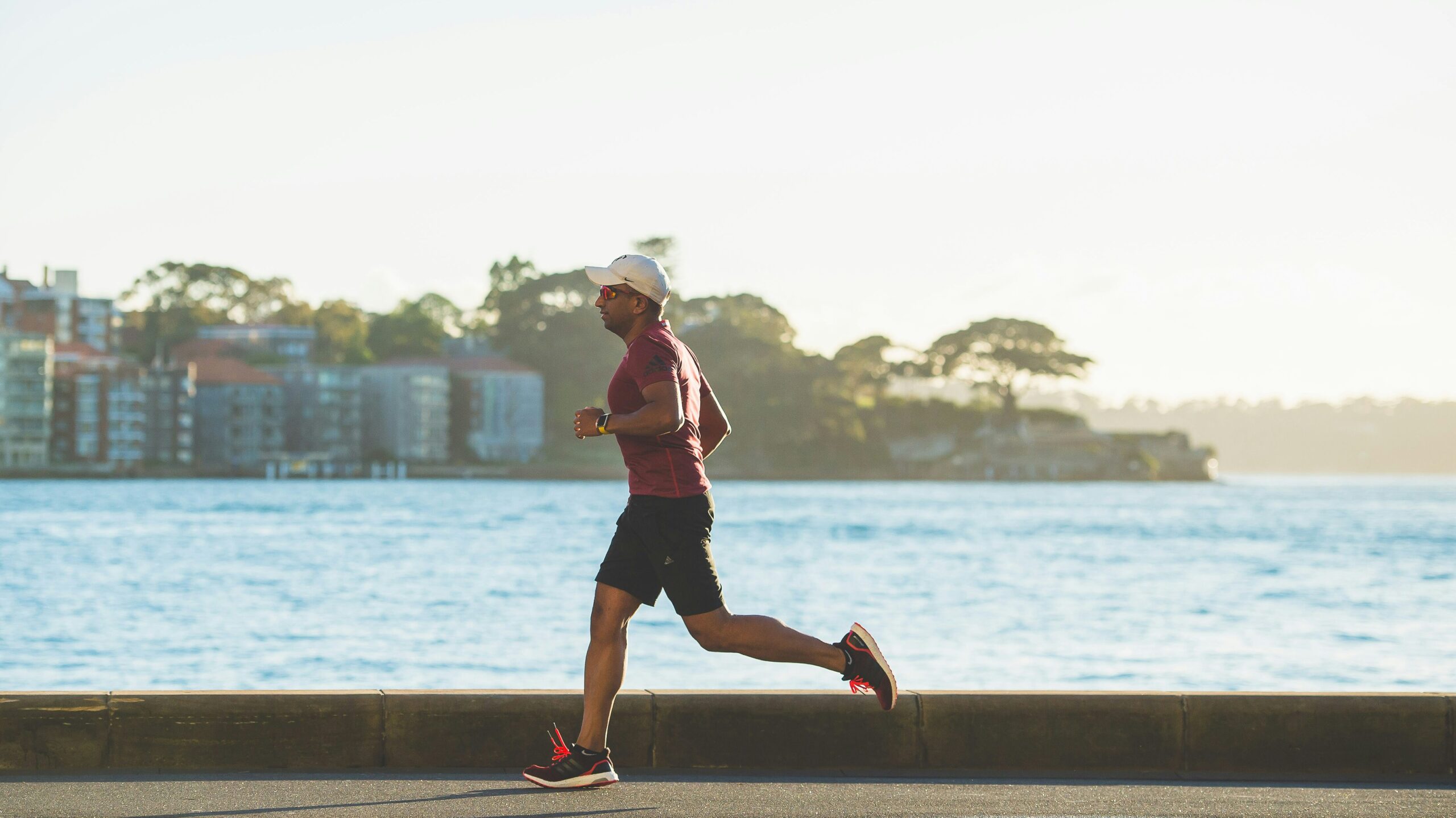
3. Yoga & Pilates Wear
Focuses on unrestricted movement, breathability, and comfort during slower, stretch-centric activities. Style often plays a significant role.
- Defining Characteristics:
- Unrestricted Movement & Stretch: Fabrics offer exceptional four-way stretch (lycra, spandex blends) allowing deep bends and poses without constraint. Gussets enhance range of motion.
- Comfort & Feel: Softness against the skin is crucial. Brushed fabrics, modal blends, and cotton mixes are popular for comfort, though moisture wicking synthetics are still vital for heated practices. Seamless options minimize irritation.
- Breathability: Essential even in non-heated classes. Lightweight, airy fabrics prevent overheating.
- Aesthetic Sportswear Designs: Often features stylish cuts, patterns, colors, and details like cut-outs, crisscross backs, and wide waistbands. Form-fitting designs allow instructors to see body alignment.
- Key Items: Yoga leggings (often high-waisted for coverage), yoga tops (tanks, bras, flowy tees), unitards.
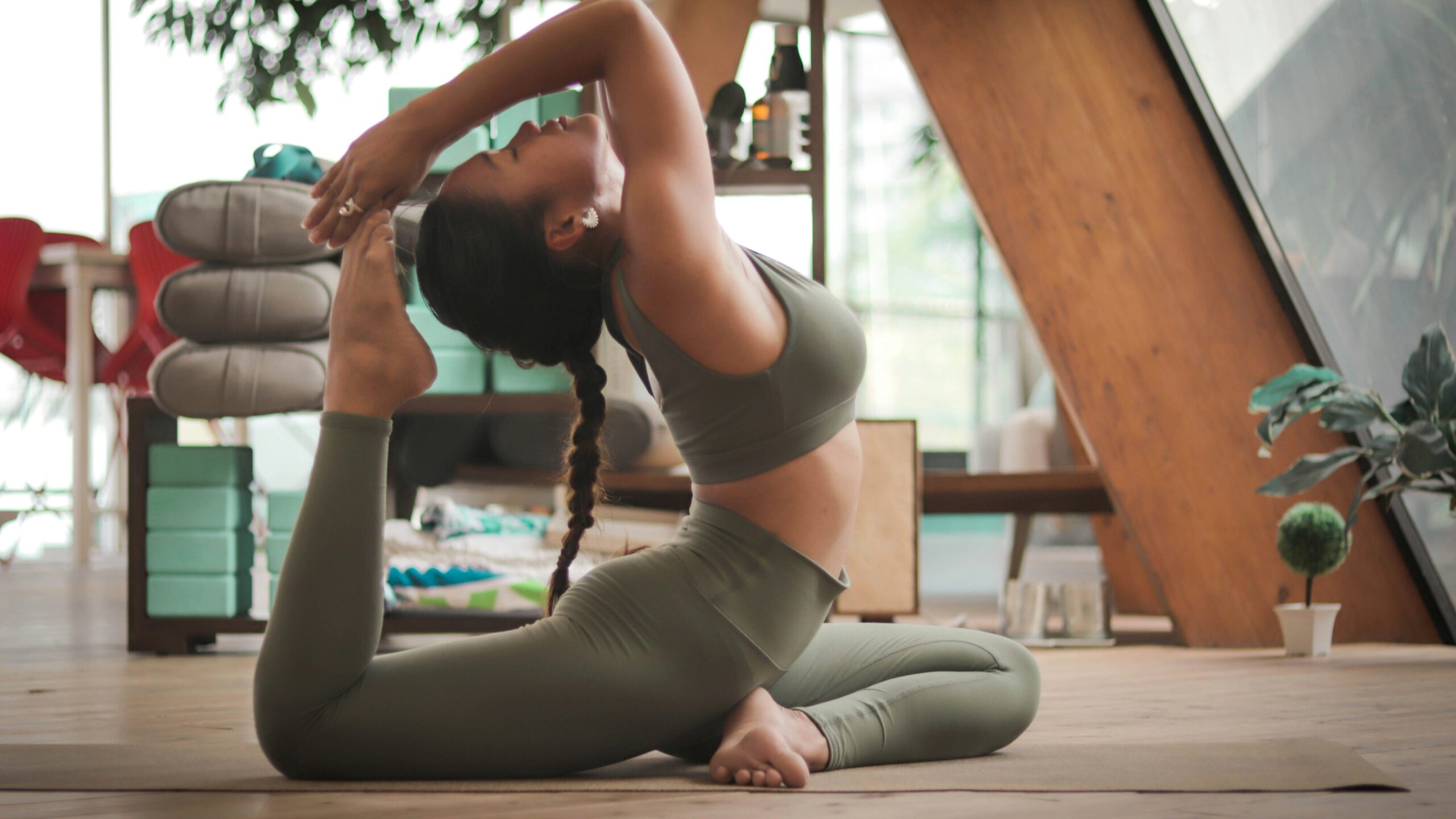
4. Team Sports & Court Apparel
Designed for the stop-start nature, physical contact, and specific demands of sports like basketball, soccer, tennis, volleyball, and football. Durability and freedom of movement are key.
- Essential Features:
- Durability & Abrasion Resistance: High quality fabrics like dense polyester knits or reinforced panels withstand frequent contact with surfaces, other players, and equipment. Resistant to tearing and pilling.
- Enhanced Mobility: Strategic stretch panels (side inserts, gussets) allow for explosive jumps, dives, and lateral movements without restriction. Loose fits are common (jerseys, shorts).
- Moisture Control: Moisture wicking remains critical for intense gameplay. Quick drying properties help during breaks or in humid conditions.
- Sport-Specific Design: Includes features like gripper elastic in basketball shorts, padded sections in football/baseball, skirts in tennis/volleyball, and integrated shorts in soccer kits.
- Key Items: Jerseys, team shorts, performance polos (tennis), padded compression gear, court-specific shoes (included in the broader “apparel” context).
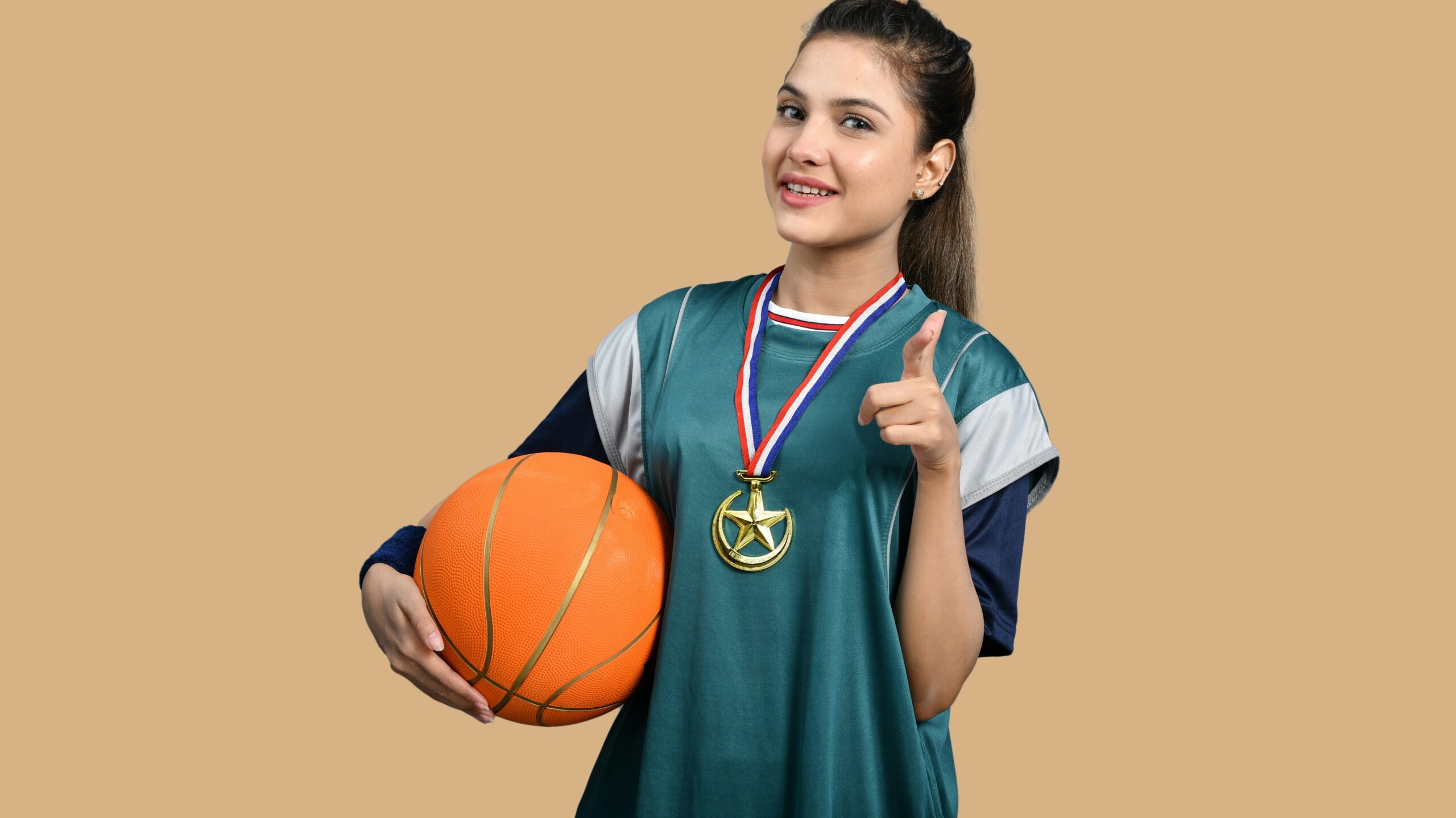
5. Outdoor & Adventure Apparel
Engineered for hiking, trekking, climbing, skiing, snowboarding, cycling, and trail running. Focuses on protection from weather, temperature regulation, and durability in rugged environments.
- Performance Demands:
- Weather Protection: Waterproof and windproof outer layers (jackets, pants) with breathable membranes (e.g., Gore-Tex) are crucial. Insulated layers (down, synthetic fill) provide warmth.
- Layering System: Core concept involving a moisture wicking base layer, an insulating mid-layer (fleece, light down), and a protective outer shell. Each layer must manage moisture effectively.
- Temperature Regulation: Versatility is key. Ventilation zips (pits, legs), removable layers, and fabrics that adapt to changing exertion levels and weather are essential. Quick drying is vital if gear gets wet from rain, sweat, or streams.
- Durability & Functionality: High quality materials resist abrasion from rocks, branches, and packs. Features include reinforced knees/seat, ample pockets (often zippered), adjustable hoods/cuffs/hem, and articulation for ease of movement on uneven terrain.
- Key Items: Base layers (thermal tops/bottoms), hiking pants/shorts, technical fleeces, insulated jackets, waterproof/windproof shells, cycling jerseys/bibs, ski/snowboard outerwear.
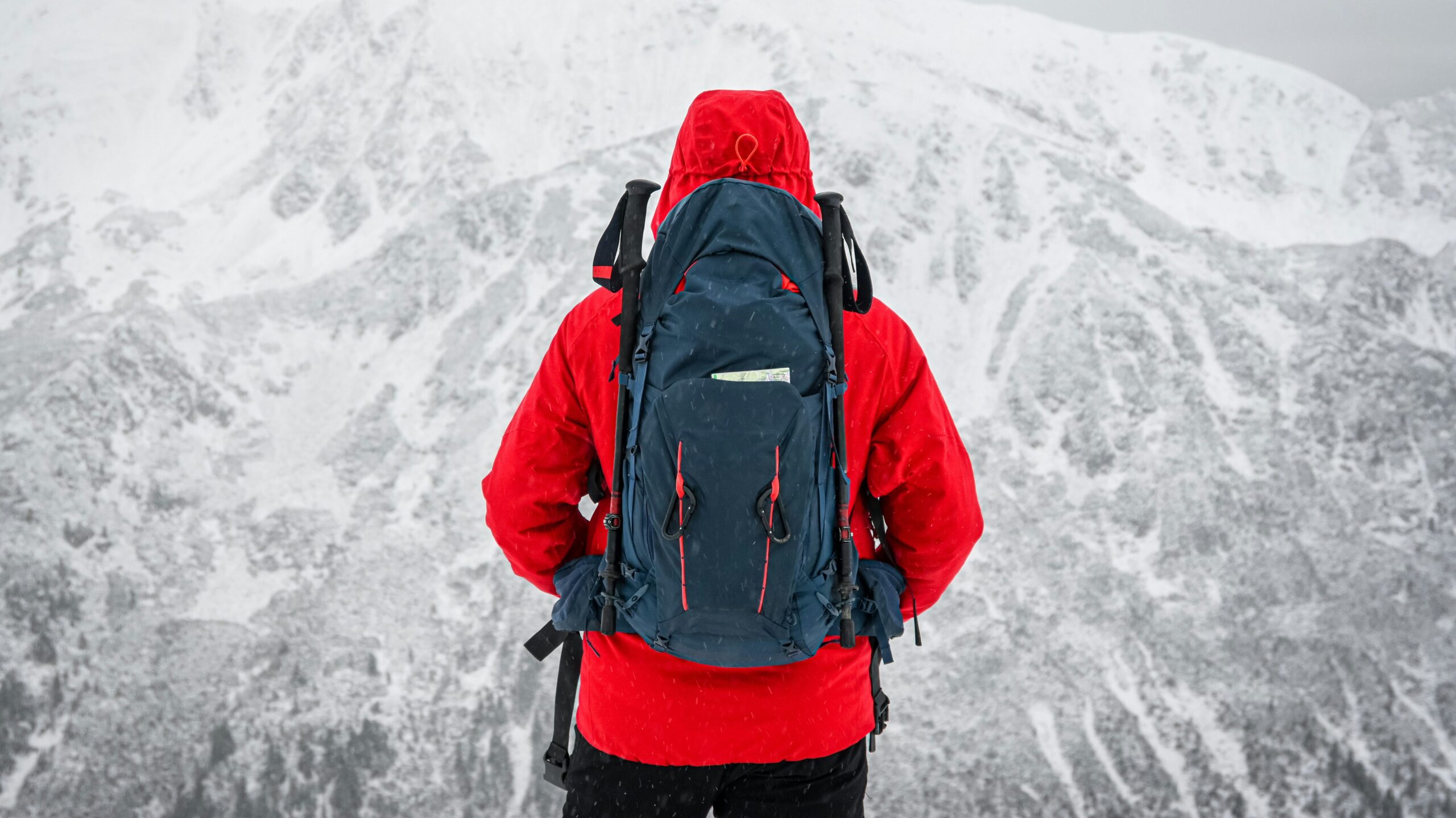
6. Athleisure
Blends the comfort and technical features of sportswear with everyday fashion aesthetics. Designed for life beyond the gym – running errands, casual outings, travel, or working from home.
- The Fusion:
- Performance Heritage: Incorporates core technologies like moisture wicking, stretch, and breathability into everyday pieces.
- Elevated Aesthetics: Focuses on sophisticated sportswear designs, trendy cuts, luxe fabrics (e.g., brushed performance knits, textured surfaces), and fashionable details. Colors and patterns are often more muted or fashion-forward than typical gym wear.
- Comfort is King: Prioritizes all-day comfort without sacrificing style.
- Versatility: Pieces easily transition from casual settings to light physical activity. Nice athleisure wear looks stylish enough for pretty much any social situation.
- Key Items: Stylish leggings (often with unique textures or patterns), joggers, premium hoodies and sweatshirts, tailored track pants, performance knits (sweaters, dresses), fashionable sports bras worn as tops.
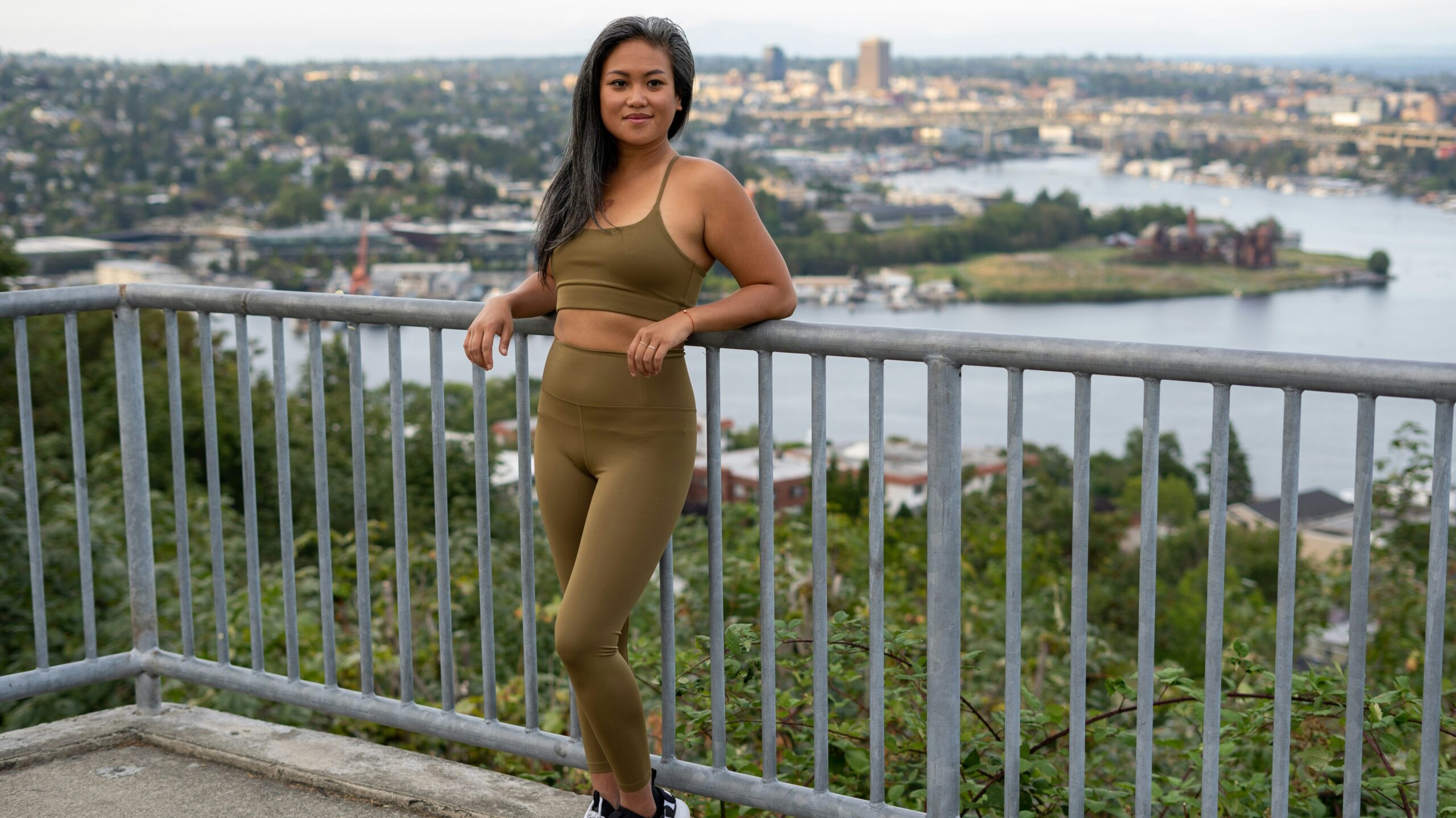
Why Fabric Technology Matters?
You see these terms everywhere on high quality sportswear tags, but what do they truly mean, and why are they non-negotiable?
- Moisture Wicking: This isn’t just “absorbent.” It’s a physical process. High quality synthetic fibers (like polyester or specially treated nylon) are hydrophobic (water-repelling). They pull liquid sweat away from your skin through capillary action, spreading it thinly across the outer surface of the fabric. This exposes more sweat to the air, allowing it to evaporate much faster. Result: Your skin stays drier, reducing clamminess, chafing, and that uncomfortable soaked feeling. You stay cooler and more comfortable during intense exertion or outdoor activities.
- Quick Drying: This goes hand-in-hand with moisture wicking but focuses on what happens after the sweat is on the fabric’s surface. Quick drying fabrics have two key properties:
- Low Moisture Absorption: They don’t soak up and hold onto large amounts of water like cotton does. Cotton can hold 7%+ of its weight in water, feeling heavy and cold; synthetics hold far less (often under 1%).
- High Surface Area & Air Permeability: The fabric structure allows maximum air circulation, accelerating evaporation. Think lightweight knits or mesh.
- Result: Sweat evaporates rapidly from the fabric itself. If you get caught in rain during outdoor activities or sweat heavily, the garment dries incredibly fast, preventing you from staying wet, chilled, and uncomfortable. Essential for multi-day adventures, changing weather, or simply not feeling damp after your workout.
Choosing the Right Sportswear: Key Considerations
Selecting the best type of sportswear boils down to understanding your needs:
- Your Primary Activity: Match the gear to the sport’s specific demands (mobility, sweat level, weather exposure, durability needs). Don’t wear heavy cotton for running; don’t wear fragile fashion leggings for hiking.
- Climate & Environment: Consider temperature, humidity, sun exposure, wind, and potential rain. Layering is often crucial for outdoor activities.
- Fit & Comfort: It should allow full range of motion without being baggy (causing chafing) or overly restrictive. Seams shouldn’t dig in.
- Fabric Technology: Prioritize moisture wicking and quick drying performance fabrics for any activity involving sweat or variable conditions. Natural fibers like cotton have their place in very low-intensity or recovery settings but generally underperform for active pursuits.
- Durability & High Quality: Invest in well-constructed garments with reinforced seams and resilient fabrics, especially for team sports, outdoor adventures, or frequent use. It saves money in the long run.
- Style & Sportswear Designs: Especially important in athleisure and yoga wear. Choose designs that make you feel confident and suit your personal aesthetic.
Conclusion: Invest in Performance and Comfort
Understanding the diverse types of sportswear empowers you to make informed choices that enhance your experience, whether you’re pushing for a personal best, finding your zen on the mat, cheering on your team, exploring the trails, or simply embracing comfortable style. Remember, high quality sportswear defined by moisture wicking, quick drying fabrics, and activity-specific sportswear designs isn’t just about fashion – it’s about functional technology working to keep you drier, more comfortable, and performing at your best.
